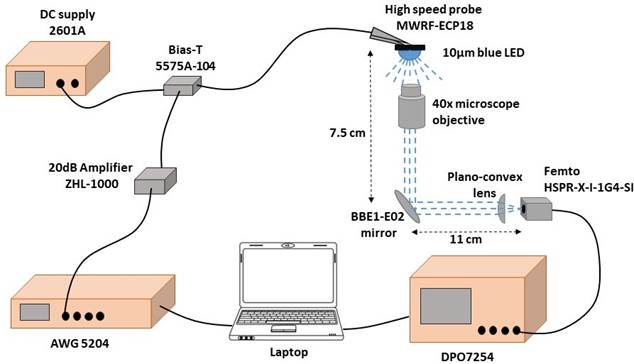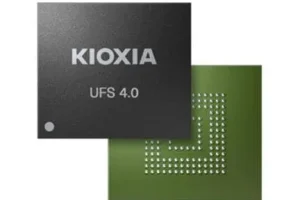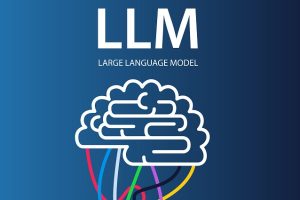CEA-Leti says it has broken the throughput world record of 5.1 Gbps in visible light communications (VLC) using a single GaN blue micro- light-emitting diode (LED).
Their data transmission rate of 7.7 Gbps achieved with a 10 µm microLED marks another step toward commercialization and widespread use of LiFi communication.
VLC, commonly called LiFi (short for “light fidelity”), is an emerging wireless communication system that offers an alternative or a complementary technology to radio frequency (RF) systems such as WiFi and 5G.
It is considered to be a promising technology for security-related applications because light propagation can be confined to a room with no information leakage, as opposed to WiFi communication, which penetrates walls. LiFi also holds promise for ultra-highspeed data transmission in environments where RF emissions are controlled, like hospitals, schools, and airplanes.
Single microLED communications offer an ultra-high data-transmission rate for a variety of opportunities for new applications. These include industrial wireless high-speed links in demanding environments such as assembly lines and data centers, and contact-less connectors, or chip-to-chip communication.
But their weak optical power limits their applications to short-range communications. In contrast, matrices of thousands of microLEDs contain higher optical powers than open mid- and long-range applications. However, preserving the bandwidth of each microLED within a matrix requires that each signal has to be brought as close as possible to the micro-optical source.
CEA-Leti’s expertise in the microLED epitaxial process produces microLEDs as small as 10 microns, which is among the smallest in the world. The smaller the emissive area of the LED, the higher the communication bandwidth – 1.8 GHz in the institute’s single-blue microLED project.
The team also produced an advanced multi-carrier modulation combined with digital signal processing. This high-spectrum-efficiency waveform was transmitted by the single LED and was received on a high-speed photodetector and demodulated using a direct sampling oscilloscope.
In addition to a stand-alone WiFi-like standard, the possibility to include this new technology as a component carrier in the downlink of 5G-NR, a radio-access technology for 5G mobile considerations, is also under investigation to bring a large additional license-free bandwidth.
Preserving the bandwidth of each microLED within a matrix requires that each signal is generated as close as possible to the micro-optical source.
While the Light Communications Alliance will promote interoperability between different manufacturers’ LiFi systems, CEA-Leti will continue its research in two areas:
§ A better understanding of the electrical behavior of single LEDs in high frequency regimes and the link between bandwidth and electromigration patterns, and
§ Techniques to improve the range and/or increase the data rate using multi-LED emissive devices. This requires adapting the waveform generation as well as a CMOS interposer to drive the matrix on a pixel basis.
 Electronics Weekly Electronics Design & Components Tech News
Electronics Weekly Electronics Design & Components Tech News




